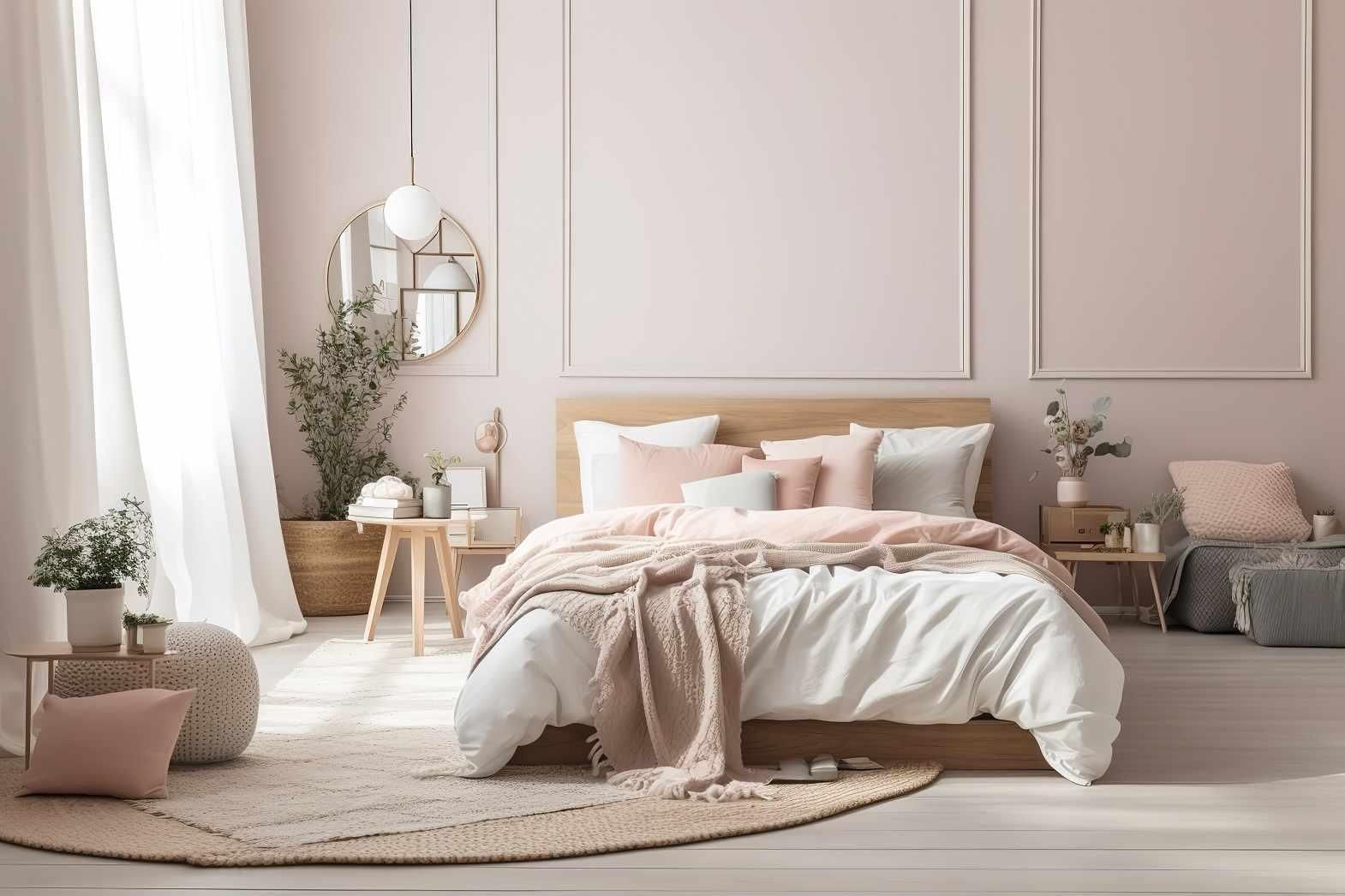In modern India, the ethos of sustainability has woven its way into our lifestyles and consumer choices. When embarking on a shopping spree for new home additions, it has become common to opt for sustainable products, driven by the collective awareness of the urgent need for sustainability and protecting the environment. Striking a balance between aesthetic appeal and eco-consciousness might initially seem challenging, but integrating sustainable textiles and practices into home décor proves that style and environmental responsibility can coexist harmoniously.
In home décor, the avenues for infusing sustainability are vast and varied. The beauty of embracing sustainability lies in the fact that monumental decisions are not the sole pathway; small, thoughtful choices can also make a significant difference. After all, progress in any form, no matter how small, is a step towards a more sustainable lifestyle. As the country gears up for festive seasons, the perfect opportunity arises to refresh our living spaces with new additions. Altering the atmosphere of our homes not only breathes in a sense of revitalisation but also allows us to reimagine our personal shelters. It is a chance to evoke renewed joy and contentment within our living spaces, aligning our surroundings with our aspirations. However, in these bustling festivities, welcoming guests, family, and friends and maintaining sustainability might seem overwhelming. How can we balance the desire for a refreshed home while making eco-conscious choices that benefit us and our planet? This challenge is where the journey towards a sustainable, aesthetically pleasing abode truly begins.
A conscious consumer can make meaningful, sustainable choices by leaning towards fabrics and styles crafted from environmentally friendly materials. One notable example is the use of organic cotton, grown without the detrimental impact of harmful pesticides and chemicals. Bamboo-based fabrics are another excellent choice. They are renewable, biodegradable and require minimal water and pesticide usage during cultivation. Additionally, hemp fabrics stand out as a durable option, necessitating fewer chemicals during growth and ultimately biodegrading completely. Lastly, considering textiles made from recycled materials like recycled polyester or post-consumer recycled fibres significantly contributes to sustainability efforts.
Prioritising local and ethical sourcing is another effective strategy for promoting sustainability in home textiles. Opting for textiles from local manufacturers helps diminish the carbon footprint associated with transportation while also supporting regional economies. Selecting products manufactured under fair trade ensures the ethical treatment of workers and artisans involved in the production process, further aligning with sustainability principles.
In the spirit of reducing waste and embracing a circular economy, upcycling and repurposing old textiles emerge as a creative and responsible approach. Giving a second life to pre-loved textiles by transforming them into new items such as pillow covers, tablecloths, or tote bags minimises waste and adds a unique touch to home décor. Moreover, donating unwanted textiles to charity organisations is a selfless action that reduces waste and benefits those in need, fostering a sense of community and social responsibility.
Investing in quality textiles is a fundamental step towards sustainable living. Choosing high-quality fabrics that endure over time reduces the need for frequent replacements and ultimately minimises resource consumption. Alongside this, educating consumers on the proper care and maintenance of textiles is equally crucial. By imparting knowledge on how to care for textiles effectively, their lifespan can be prolonged, preserving their quality, utility and beauty.
Transitioning towards sustainability is a significant stride towards a more environmentally conscious future. However, it is essential to acknowledge that this shift is not instantaneous, it demands a recalibration of our decision-making mechanisms and re-evaluating our core values. Particularly in interior design and textiles, maintaining aesthetics and preserving the beauty of our living spaces while upholding sustainability can initially feel daunting. Striking this delicate balance necessitates a thoughtful and conscientious approach, ensuring that our efforts towards sustainability are not inadvertently counteracted.
While our range of shopping choices narrow when seeking eco-friendly options that align with our personal tastes and preferences, there are effective ways to overcome this perceived limitation. A powerful strategy involves embracing the digital realm and shopping online from stores, championing the cause. By conducting thorough research and consciously selecting such platforms, we not only play our part in preserving the environment but also find solace in knowing that our choices do not compromise the aesthetic appeal of our cherished possessions. In this digital age, sustainable living seamlessly integrates with style and substance, allowing us to redefine how we adorn our living spaces and contribute to a better world.
Weaving sustainability into the fabric of our lives is imperative for a greener and more harmonious future. Making informed and eco-friendly choices regarding home textiles reflects a commitment to a sustainable lifestyle while positively impacting the environment and society. Let us embrace the beauty of sustainable living, one conscious choice at a time, and collectively work towards a better and more sustainable world.








Comments